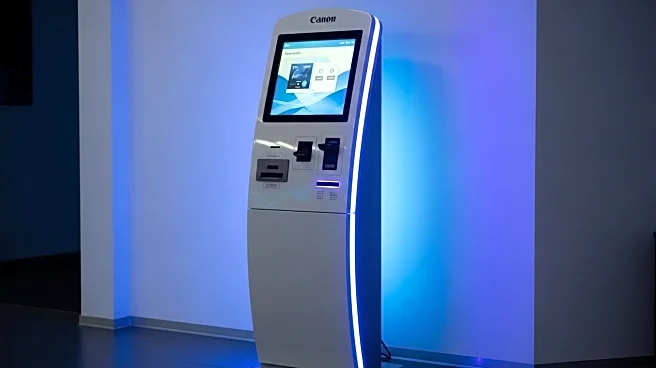What's Happening?
The global implantable medical devices market is projected to grow from $103.70 billion in 2025 to $179.70 billion by 2034, at a CAGR of 6.3%. This growth is driven by the increasing prevalence of long-term diseases in an aging population and significant
technological innovations. Implants, which can be permanent or temporary, are used to restore mobility and relieve pain in patients with joint degeneration. The market includes various types of implants, such as cardiovascular, orthopedic, ophthalmic, dental, and neurological implants. North America currently dominates the market, while Asia Pacific is expected to grow at the fastest rate.
Why It's Important?
The expansion of the implantable medical devices market is crucial for addressing the healthcare needs of an aging population. Implants reduce healthcare costs by minimizing the need for repeated surgeries and hospital stays, offering a long-term solution for chronic conditions. Technological advancements, such as 3D printing, are enabling the customization of implants, improving patient outcomes and reducing recovery times. The market's growth also supports the development of new materials and manufacturing technologies, driving innovation in the medical device industry.
What's Next?
The future of the implantable medical devices market will likely see continued innovation, particularly in the use of advanced materials and manufacturing techniques. The development of new implantable devices, such as those incorporating AI and robotics, could further enhance patient care and expand the market. Regulatory developments and increased investment in research and development will also play a critical role in shaping the market's future. As the market grows, competition among manufacturers will intensify, driving further advancements in technology and patient care.
Beyond the Headlines
The growth of the implantable medical devices market highlights the intersection of healthcare and technology, emphasizing the importance of innovation in improving patient outcomes. The market's expansion reflects broader trends in personalized medicine and the increasing demand for cost-effective healthcare solutions. As the market evolves, it will be important to address regulatory challenges and ensure the safety and efficacy of new devices.













